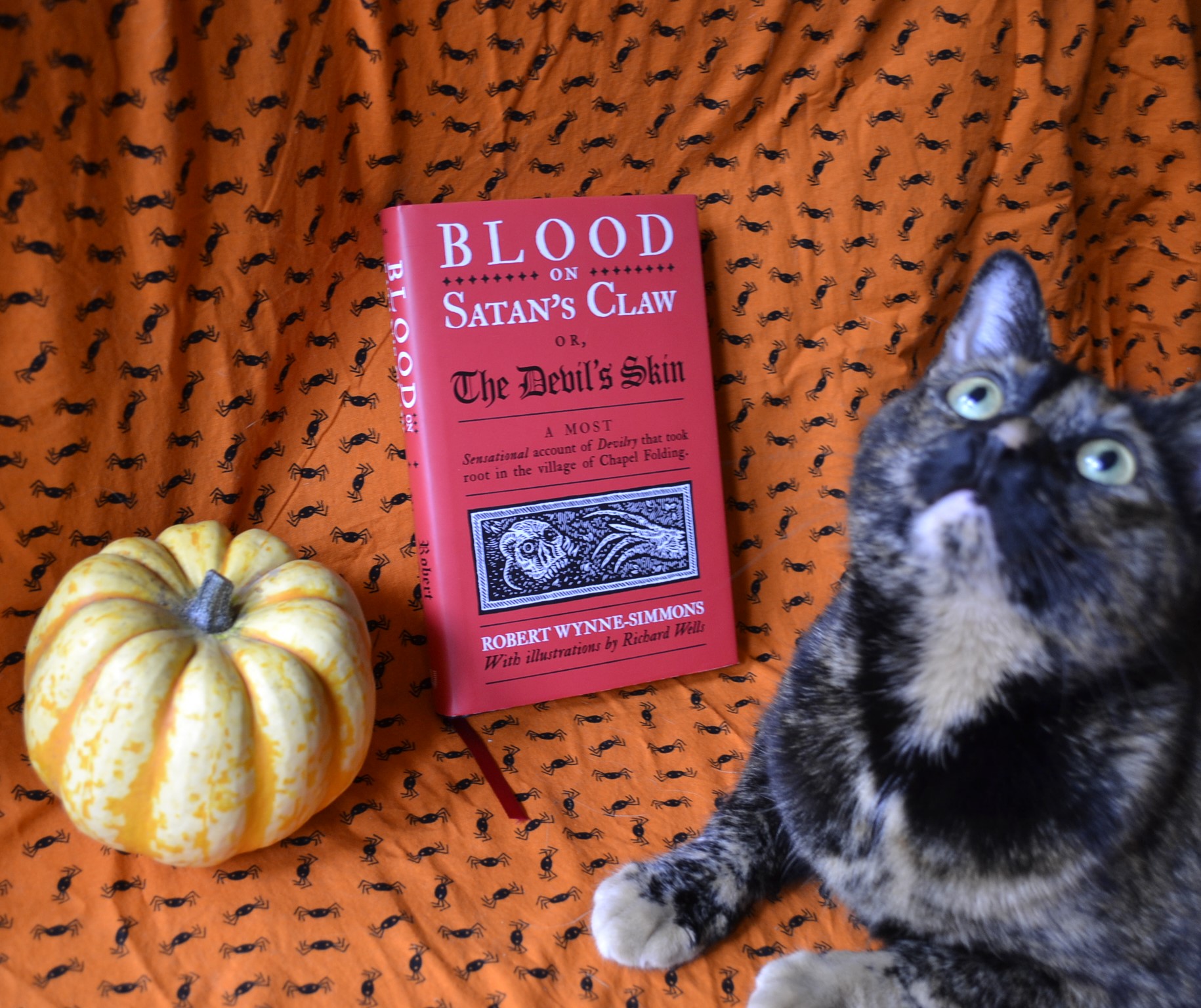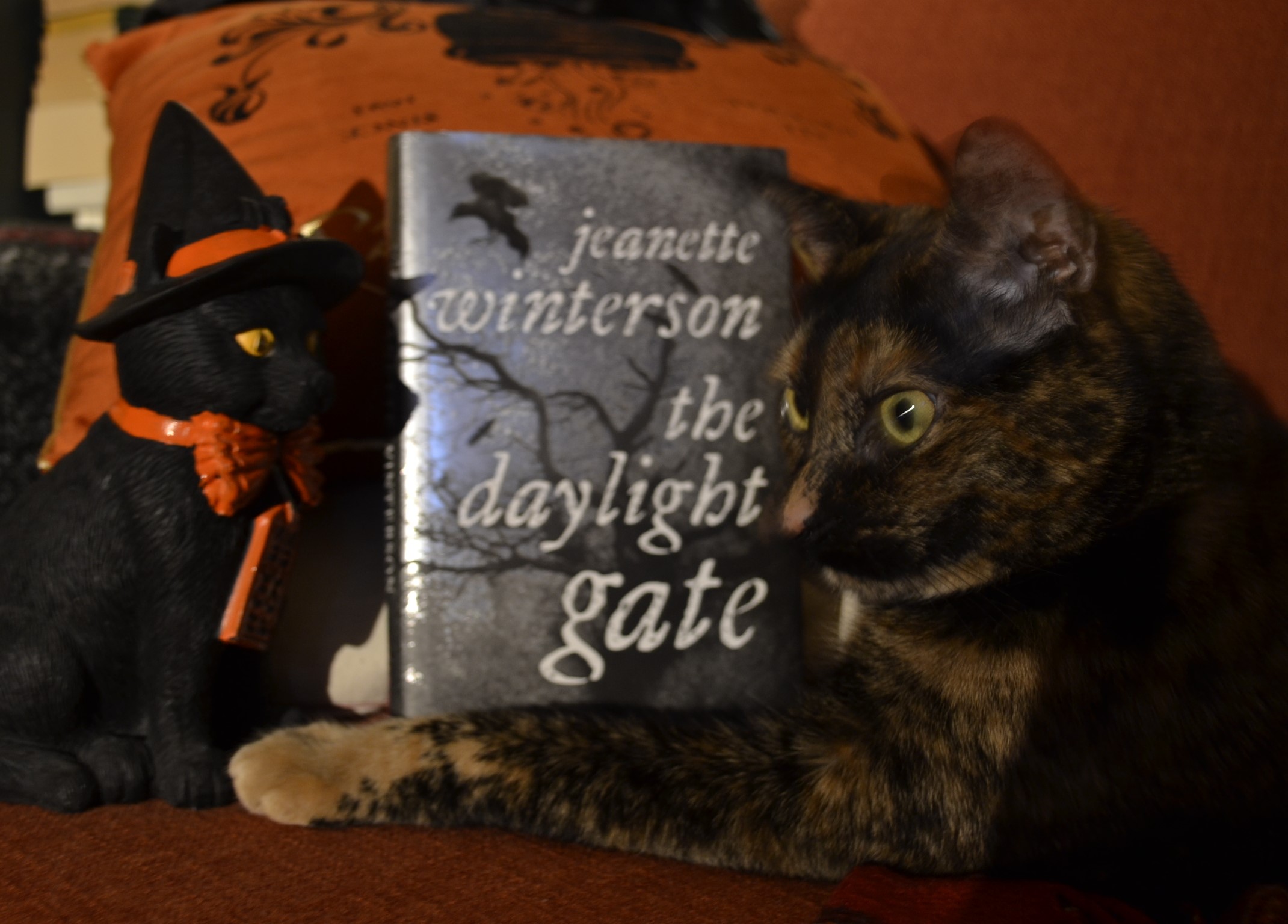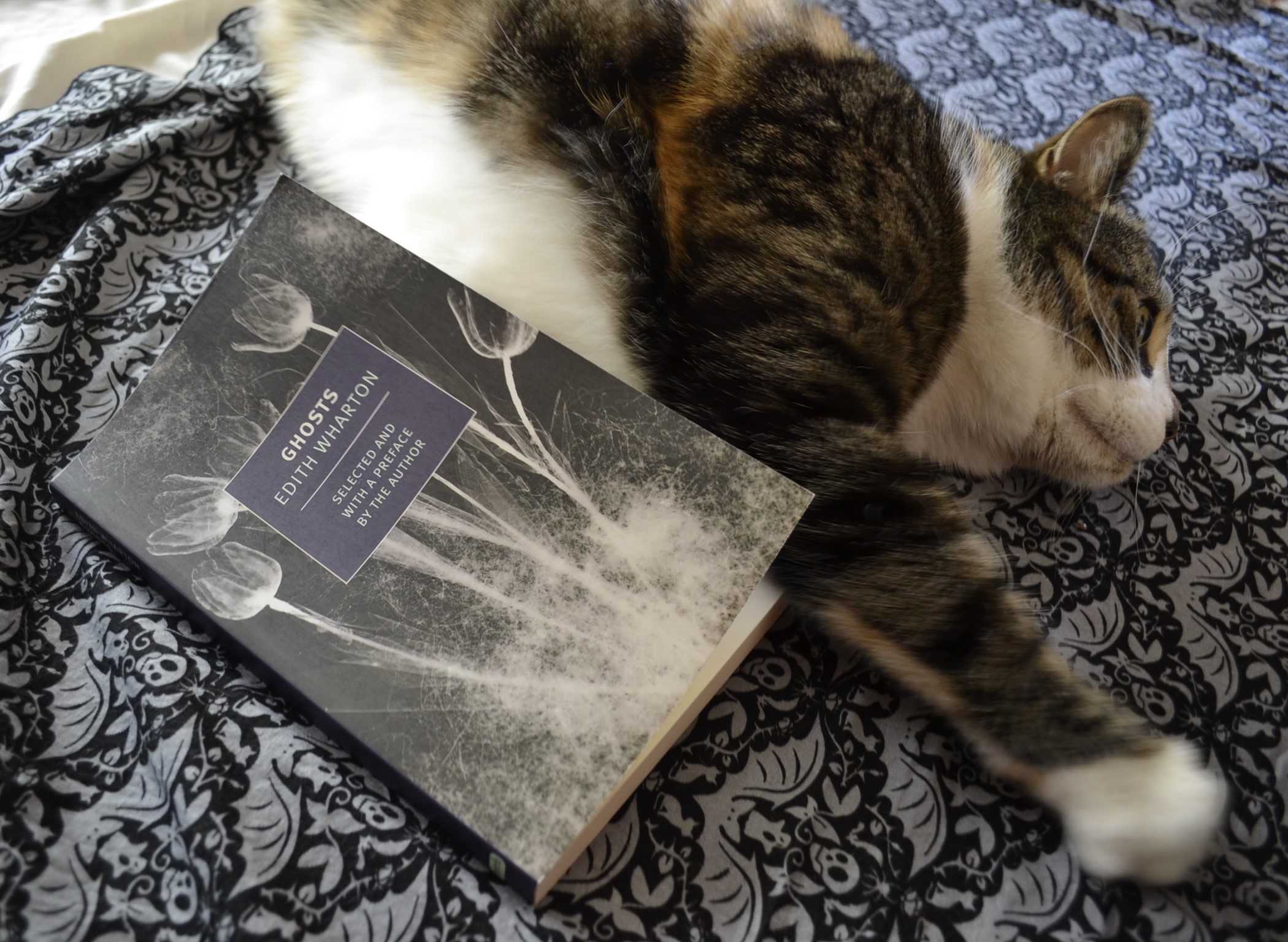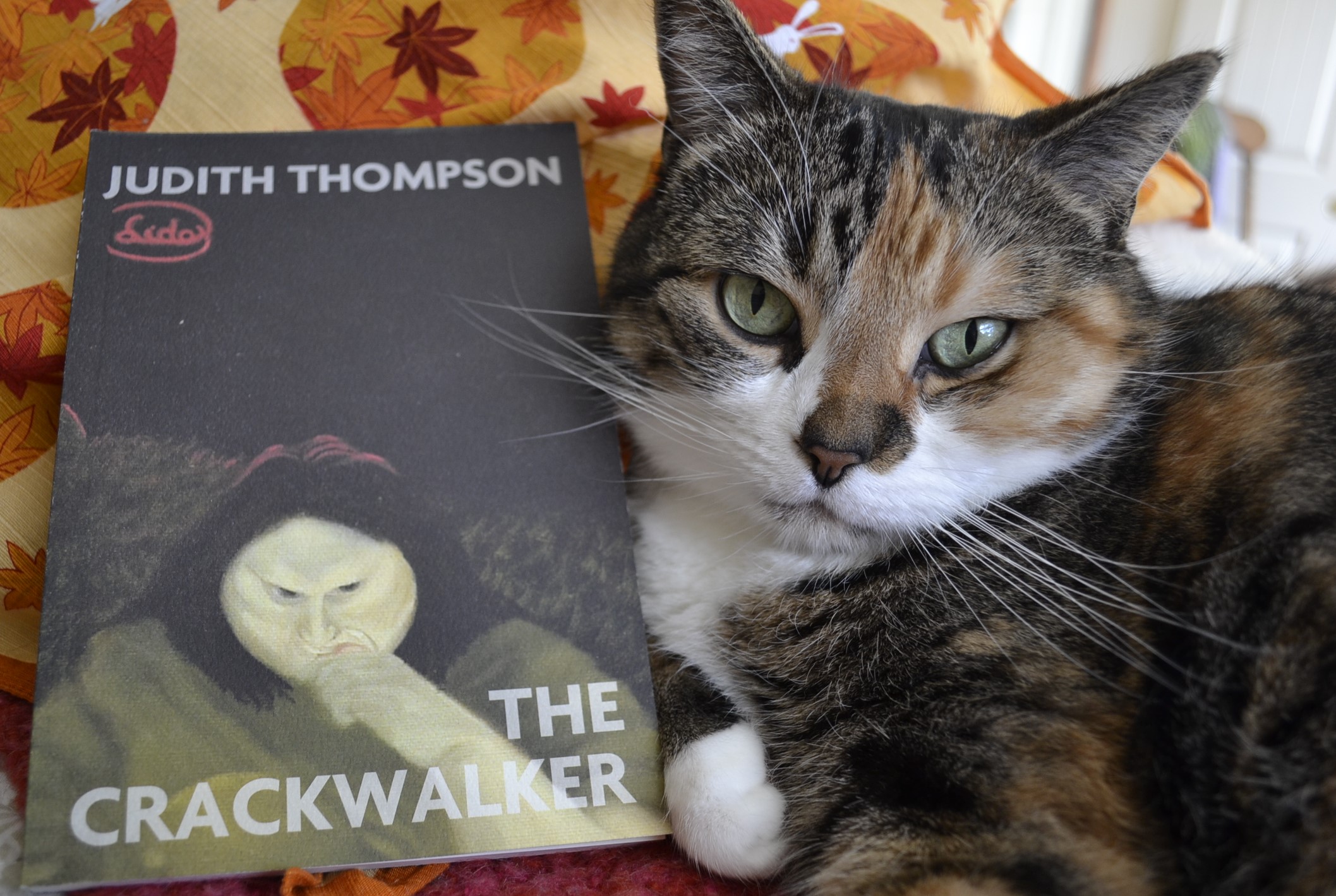The Notebook, The Proof, The Third Lie
All three novels revolve around two brothers, Claus and Lucas. They are twins. Perfect reflections of one another. In The Notebook, they are abandoned at their grandmother’s during a brutal war (presumably World War II) in their country (presumably in Europe) and, using a notebook, they practice hardening themselves against outside threats and internal ones as well.









